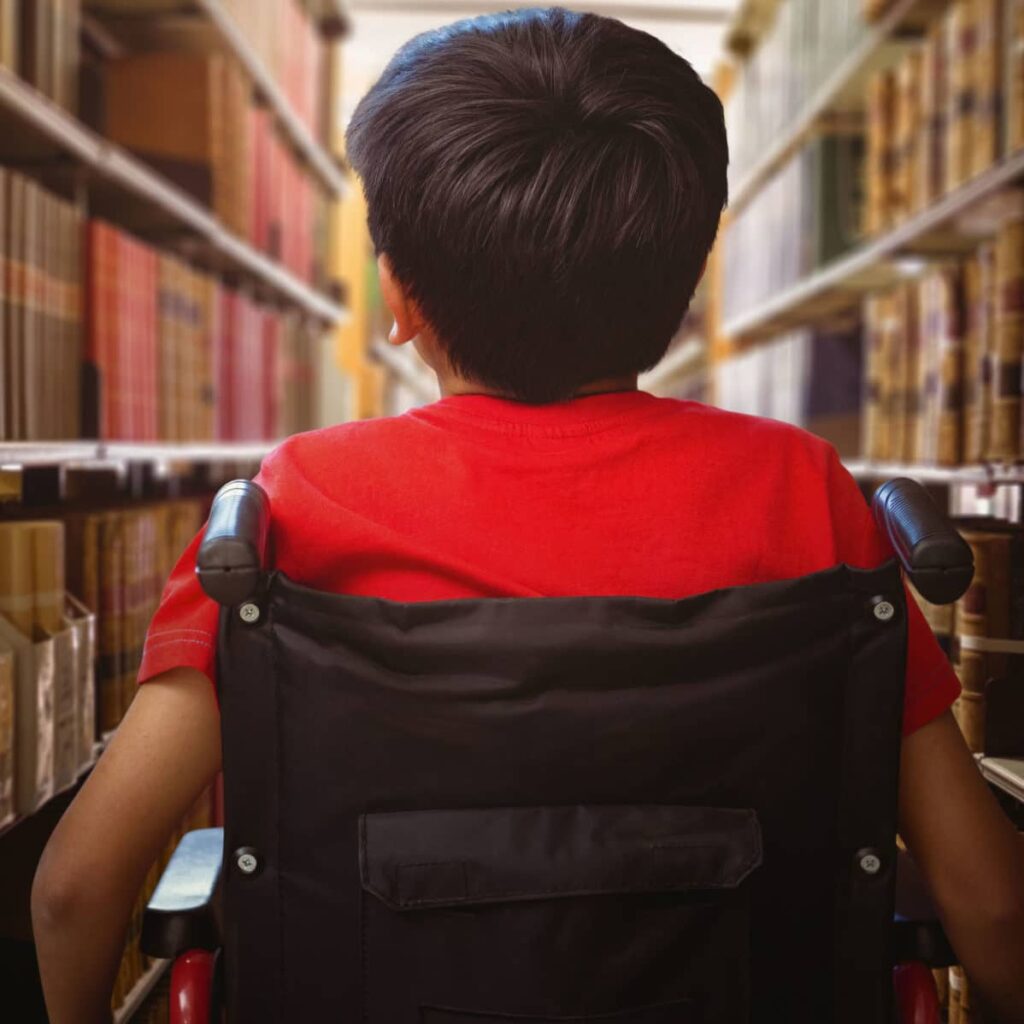By Laura Nielson
We’ve had a very hot summer this year, and many children are at risk for severe sunburns or burning themselves on surfaces overheated by the sun. We recently had a case in which a child was burned on his hands and feet from an unforeseeable risk. By preparing for that case, we learned a lot of new information regarding pediatric burns. To help protect your kids, we’d like to pass on some little-known information you can use to keep your kids safe from burns.
- Burns keep burning even after you remove the source of the burn: com has a great article about burn safety that confirmed what the medical team at Primary Children’s Hospital passed on to our client’s parents—burns continue to damage skin even after you’ve removed the source of the burn. This means that a burn might look mild at first and then swell up into a giant, second-degree blister within an hour. To prevent burns from continuing to burn, cool the burn in tepid water until the pain begins to dissipate or until medical care arrives. Advancedtissue.com included “Not using cold water long enough” as the number one of the “6 Mistakes To Avoid with Burn Wounds.” The American Burn Association also included information about cooling burns to prevent continuing damage on a factsheet you can find here.
- Do not use ice or extremely cold water on a burn: It may seem logical to want to apply the opposite of extreme heat to a burn, but extreme cold can actually cause nerve damage or frostbite to already damaged skin. This is why medical professionals advise against applying ice to a burn. The New York Times wrote an article on this fact a few years ago, corroborated by medical research. You can read the NYTimes article here.
- Do not pop any blisters or remove clothes stuck to a burn: Once skin is burned, it becomes highly vulnerable to infection and tetanus. If you pop a blister caused by a burn or remove skin stuck to clothing, you are exposing the person’s body to infection. Blisters contain white blood cells that the immune system sent to the wounded skin to prevent infection. If a burn blister is broken, torn, or begins leaking, it is no longer sterile. Whether or not you pop an in tact burn blister is a medical decision best left to a medical professional. This is especially true because first degree burns are unlikely to have significant blisters. In the case of children, you want medical professionals treating second or third degree burns. Doctors know the best way to prevent infection or skin damage. For more information on burn blisters, please see the Family Education article linked here and above.
**In the case of second or third degree burns, always take your child into see medical professionals. Keep the burn in cool water or under cool (but not frozen) compresses until medical help arrives.
How to tell the difference between first, second, and third degree burns, according to Akron Children’s Hospital:
First-Degree Burns
First-degree burns, the mildest of the three, are limited to the top layer of skin:
- Signs and symptoms:These burns produce redness, pain, and minor swelling. The skin is dry without blisters.
- Healing time:Healing time is about 3 to 6 days; the superficial skin layer over the burn may peel off in 1 or 2 days.
Second-Degree Burns
Second-degree burns are more serious and involve the skin layers beneath the top layer:
- Signs and symptoms:These burns produce blisters, severe pain, and redness. The blisters sometimes break open and the area is wet looking with a bright pink to cherry red color.
- Healing time:Healing time varies depending on the severity of the burn. It can take up to 3 weeks or more.
Third-Degree Burns
Third-degree burns are the most serious type of burn and involve all the layers of the skin and underlying tissue:
- Signs and symptoms:The surface appears dry and can look waxy white, leathery, brown, or charred. There may be little or no pain or the area may feel numb at first because of nerve damage.
- Healing time:Healing time depends on the severity of the burn. Deep second- and third-degree burns (called full-thickness burns) will likely need to be treated with skin grafts, in which healthy skin is taken from another part of the body and surgically placed over the burn wound to help the area heal.
**Remember that burns keep burning until they are sufficiently cooled. Many first degree burns do not even show up for hours after the burn. If a child’s burn is immediately apparent and begins to swell even in cool water, it may be turning into a second or third degree burn. In those instances, it’s better to be safe than sorry, and seeking medical attention is a good idea.
TO RECAP:
When to seek medical attention for your burned child according to Akron Children’s Hospital:
- You think your child has a second- or third-degree burn.
- The burned area is large (2-3 inches in diameter), even if it seems like a minor burn. For anyburn that appears to cover more than 10% of the body, call for medical assistance. And don’t use wet compresses or ice because they can cause the child’s body temperature to drop. Instead, cover the area with a clean, soft cloth or towel.
- The burn comes from a fire, an electrical wire or socket, or chemicals.
- The burn is on the face, scalp, hands, joint surfaces, or genitals.
- The burn looks infected (with swelling, pus, increasing redness, or red streaking of the skin near the wound).
